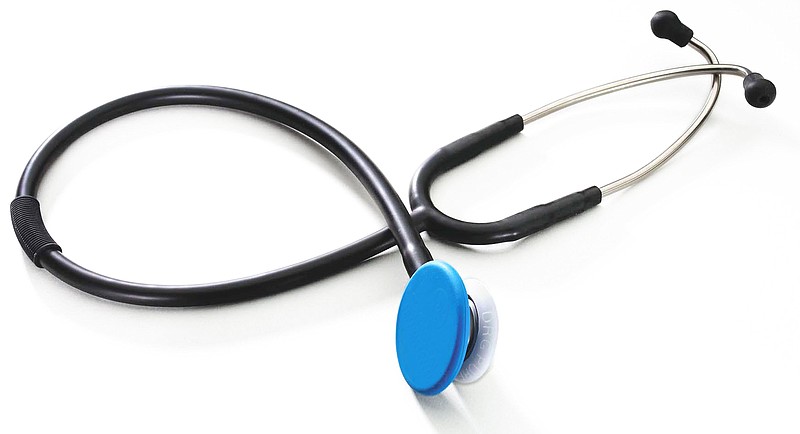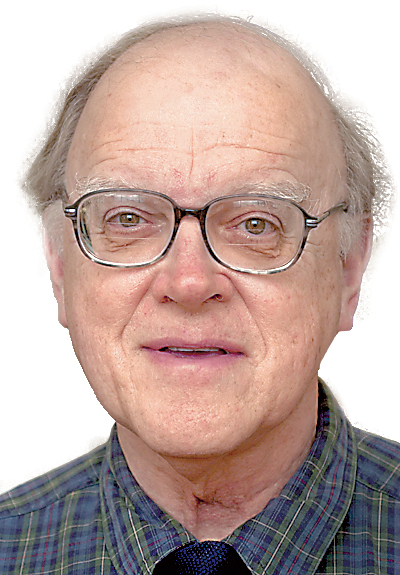In 2015, the United States spent more than $3 trillion or 17 percent of its Gross Domestic Product on health care. That translates to more than $10,000 for every resident.
Although we spend far more than any other developed nation on health care, we rank 27th in life expectancy and 26th in maternal mortality. The U.S. is alone among the developed nations in not having some form of universal health insurance.
Some politicians and pundits argue that unfettered competition among competing providers will lead to lower costs. Others argue that a single-payer system - Medicare for all - is the only means to control expenditures. Still others argue that a public that is fully informed about the costs of care can make effective, economical choices.
Whatever course is chosen must be informed by accurate data on the various components of health-care costs. Toward that end, a study in the Dec. 27 issue of the Journal of the American Medical Association provides detailed insights into the distribution of our health-care dollars between personal and public health expenditures.
Mining a mountain of data from 1996 to 2013, the authors divide spending by condition, site of care, age and gender. During this interval, more than $30 trillion were spent on health care. Costs increased by an average of 3.5 percent annually. The costs attributed to 155 different conditions were analyzed.
The most expensive disease in 2013 was diabetes mellitus ($191.4 billion). From 1996 to 2013, cost of care for the disease increased at an annual rate of 6.5 percent. In 2013, outpatient and inpatient care each accounted for 33 percent of the total while drugs tallied 13.7 percent.
Ischemic heart disease - due to narrowing or blockage of coronary arteries - was the second most expensive condition for 2013 ($88.1 billion) with an annual increase in expenditures of 0.2 percent. In 2013, outpatient/inpatient care and drug costs accounted for 23.9, 56.5 and 11 percent respectively. Costs for treating high blood pressure and elevated blood lipids [fats] were not included in these figures. These disorders ranked 4th and 13th in costs.
Somewhat surprisingly, low back and neck pain held third place ($87.6 billion) with an annual growth rate of 6.5 percent.
Other disorders in the Top 10 were falls, depressive disorders, oral disorders including fillings, extractions, dentures and surgery, vision and hearing disorders, skin disorders including acne, eczema, cysts and cellulitis, and pregnancy and post-partum care.
During the 1996-2013 interval, emergency care (6.4 percent) and retail pharmaceuticals (5.6 percent) showed the highest rates of annual cost increases.
In 2013, persons age 65 and older accounted for 38 percent of personal health-care spending. For the year, the group spent $288 billion on retail pharmaceuticals, $194 billion on nursing care facilities, $112 billion on dental work and $101 billion on emergency care.
Public health spending in 2013 totaled $76.6 billion. Spending on this sector increased by 2.7 percent annually in the timeframe of the study. HIV/AIDS accounted for $3.5 billion in 2013, followed by lower respiratory tract infections, diarrheal diseases, a group of viral, streptococcal and chlamydial infections, and hepatitis.
No politician should opine about health-care costs without first carefully studying this report.
Our health-care culture is geared toward diagnosis and treatment with little emphasis on prevention. Careful attention to proper diet and exercise would reduce the incidence of diabetes, ischemic heart disease, high blood pressure and lipid disorders. Further reduction in tobacco consumption would impact heart disease, emphysema and a variety of cancers. Reduction of obesity would be expected to decrease low back problems. For most conditions on the list of 155, a preventive tactic is available.
Only through aggressive pursuit of prevention can we hope to restrain health-care costs that are unsustainable.
Contact Clif Cleaveland at ccleaveland@timesfreepress.com.

